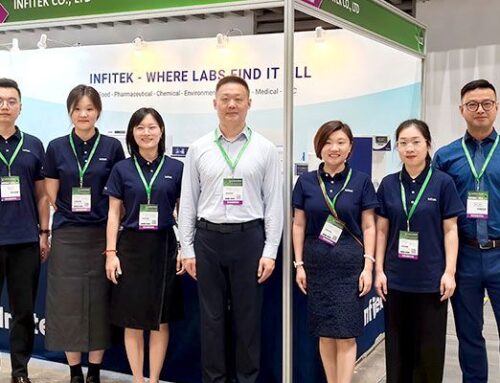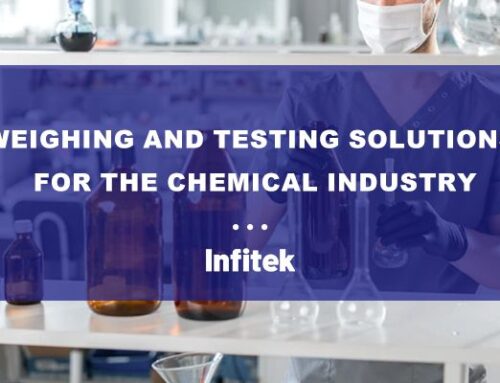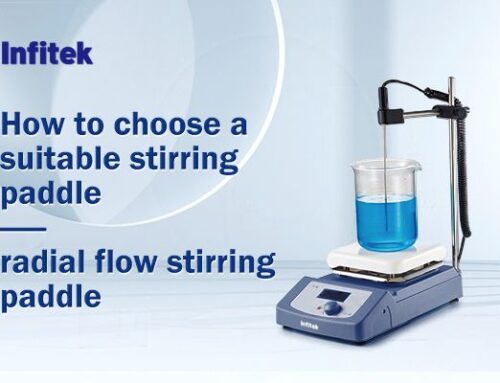|
|
|
|
 |
 |
 |
|
|
Remote PC control and data transmission. Self-locking drill chuck, tools free. Stirring paddle “topcross” design, easy to replace the container. |
316L stainless steel shafts are fully autoclavable and inert for highly corrosive solutions. All shafts are interchangeable for easy dismantling and cleaning. |
 |
|




Get Social